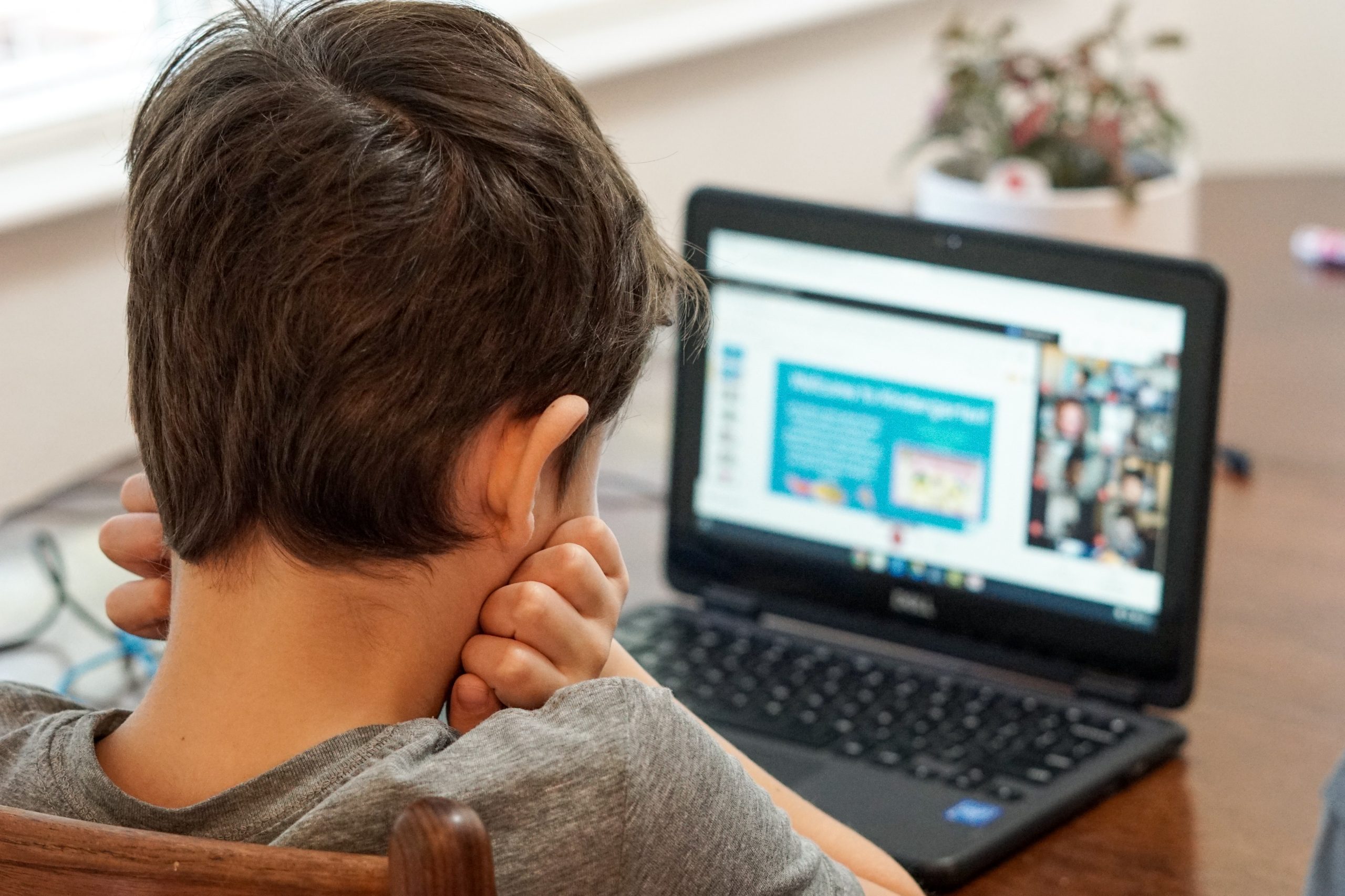Since the advent of the internet parents have been wary of the safety of their children online, and not without reason. However, nefarious individuals hiding in chat rooms are no longer the only threat. Advice to children must now stretch beyond “don’t talk to strangers” and adapt in step with tech innovations. Corporations, as well as people, can put children at risk. One of the biggest risks to children now is in the form of threats to their data privacy. The most infamous current example is TikTok which Trump has labelled a “national security threat” and threatened to ban. But beyond TikTok, there are plenty of security concerns impacting children every day.
Since Covid-19 forced us inside Ofcom has found that we’re all spending around four hours online each day, leaving everyone vulnerable to myriad privacy breaches such as the 600% increase in malicious emails. It is those initial privacy breaches which leave us open to hacks, manipulation and exploitation online which children and older people are far more susceptible to. Unfortunately despite the push for GDPR in recent years, legislation has still not gone far enough to protect minors. So, as we move towards a new school year, here are some tips and discussion starters to keep children safe:
#1 Understand your data
TikTok, whilst it is currently getting the most publicity (and for good reason), is not the only social media platform which collects data. In order to make informed decisions about their data privacy children should be able to understand the position signing-up to each app places them in. The Children’s Commissioner has created simplified terms and conditions for this very reason, enabling children to easily understand what they are accepting when they click ‘agree’. For example, Snapchat has access not only to the pictures taken on the app but to the user’s entire photo library on the device that the app is installed on. An easy way to comprehend the staggering amount of data that social media platforms already have is to request a copy of the data they have on you. Facebook and some other platforms allow you to download this.

#2 Make use of privacy settings
With all the awareness around of data issues many older teens do now choose to log off themselves. But if you are a parent of a younger child, reading app terms and conditions carefully should make you aware of the need for configuring privacy settings. In a 2017 study over half of 18-29-year-olds felt confident controlling their privacy online, compared with around 34% aged over 40. That latter age group may also be the ones who are parents of younger children. Read up on the options and make younger children aware of each and every protection they can put in place – for example choosing not to give certain apps access to camera roll or location if it’s not necessary for the functioning of the app. Apple and Google are making it easier to share less with apps with the new iOS 14, due for release this autumn, allowing you to select “share only an approximate location” with apps.

#3 Block app tracking
Another way to keep data privacy safe is to install apps which can block ‘app tracking’. App tracking is the practice of stitching together the data you input into various apps to target you across others. However, if you download a blocker app such as Fyde (which is free across Andoid and Apple devices) this is impeded. Another way to block tracking is to reject cookies. Since GDPR was brought in across the EU, each website you visit asks the user to accept or reject their cookies, which are then used to gather data about the user and often resold to third-parties. Rejecting them can take an extra 20 seconds of each site visit, but in the grand scheme of things, it’s worth it.
#3 Split personal data across multiple platforms
Data is not only held by social media companies. Where you choose to save critical documents, photos and other personal information is also important. With large-scale hacks becoming more prevalent and more companies being exposed to have sold users data to third-parties I always suggest splitting data across several providers. For example, keep important documents on DropBox, photos on your phone, emails in the GoogleDrive and group projects on Microsoft – that way your data is dispersed across several tech companies, meaning each company knows less about you.

The most important tip about children and data privacy is to be curious and aware. Know where your child’s data is held and make it an active choice. Help younger children to understand the influence and control that tech companies can have. By no means stop having the conversations about stranger danger online – just add data privacy to the conversation.

For more easy tips and practical guidelines on managing screens at home pick up my family handbook Stop Staring at Screens.

